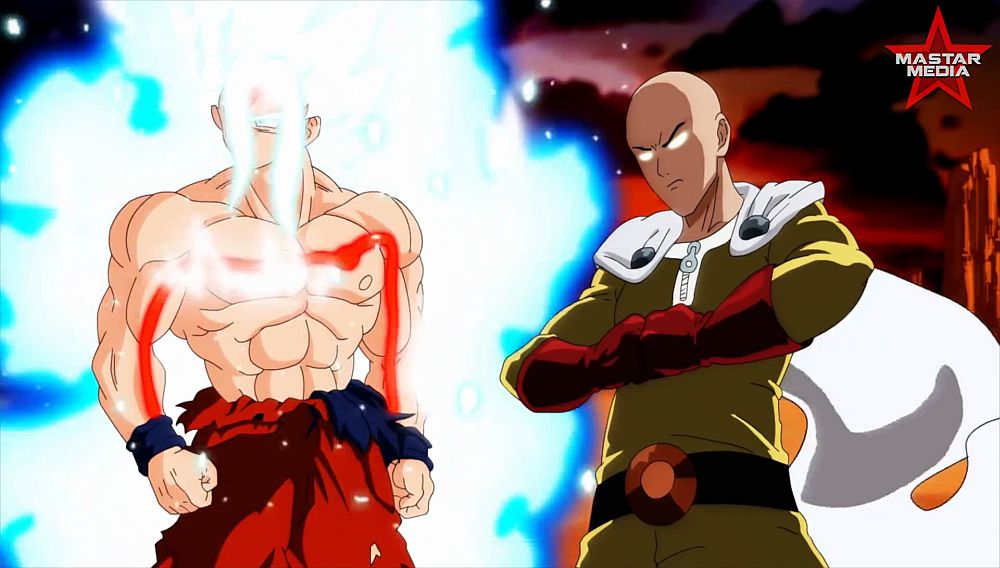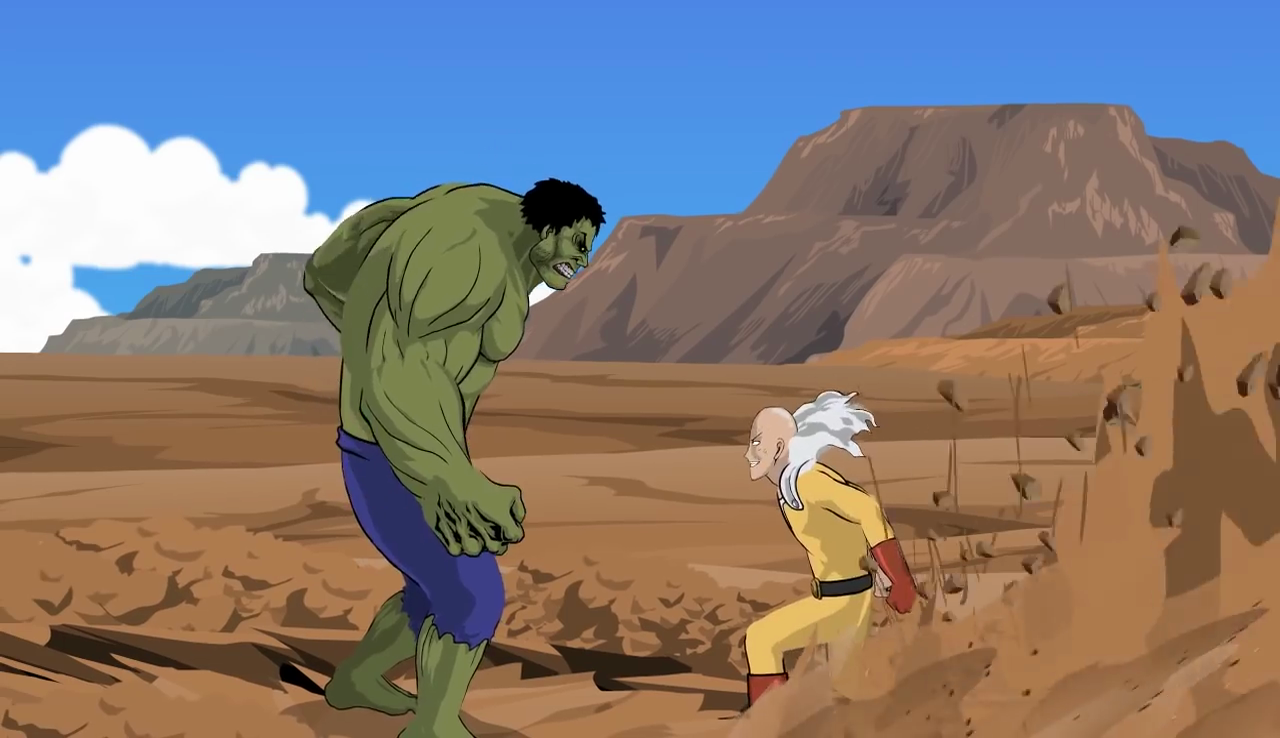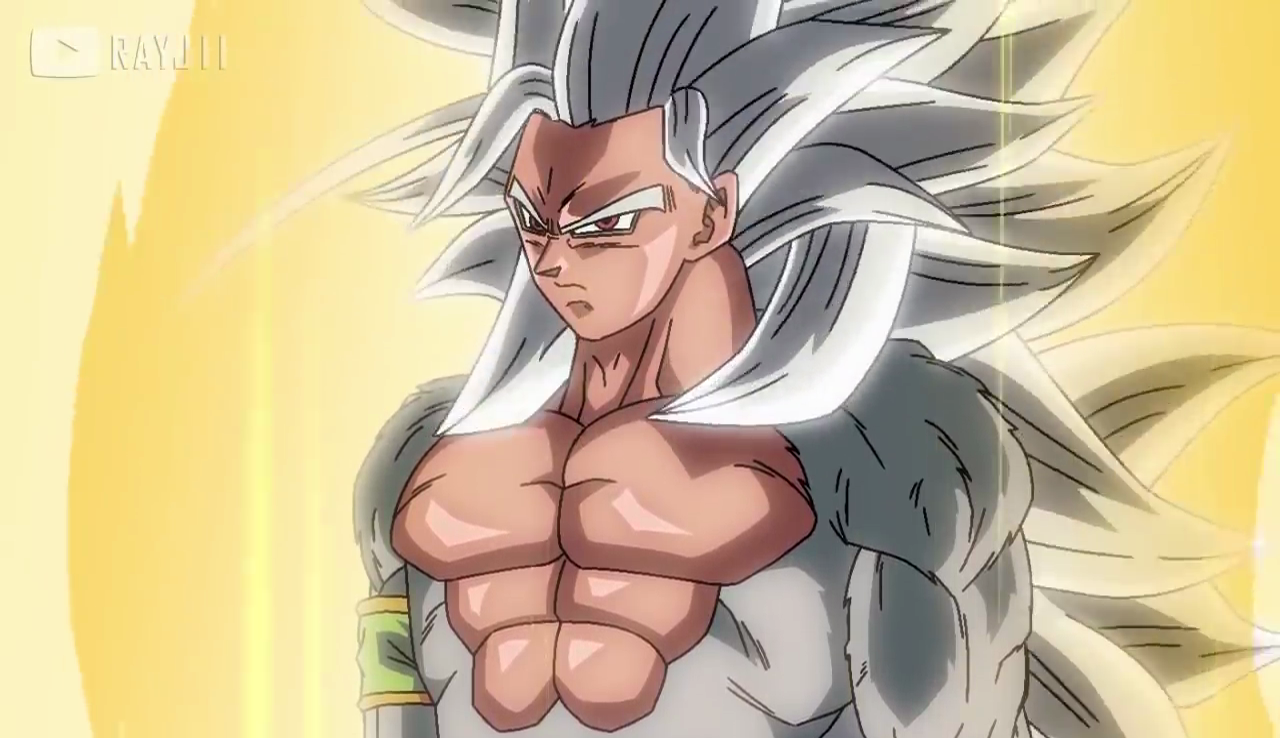Fair Use Doesn’t Mean Fair Game
I’m frustrated by the abundance of YouTube commentary videos claiming that YouTube is unfairly restricting “fair use” of anime content and demonitizing videos and uploaders. Judging by the multiple videos I’ve seen from multiple uploaders, far too many YouTube commentators have no clue what actual US copyright law fair use is. For reference, US Copyright Law Title 17 Code 107 stipulates that distribution of copyrighted material without advance authorization from the copyright owner may be conducted only if all four of the following stipulations apply, and these are my phrasings:
1: the reproduction or distribution should be for non-profit use.
2: the “nature” of the copyrighted work must be considered. For example, material that was not intended for public eyes should not be distributed publicly without securing authorization first. Work that was intended to profit its creators should not profit someone else unless express permission has been granted.
3: the “amount and substantiality of the portion used” must be considered. In other words, someone without advance permission may only share a common sense “small amount” of the original work. Furthermore, regardless of amount, the importance or significance of what’s distributed should not create a negative impact on the original copyrighted work. In other words, revealing a plot twist might not constitute a big “amount,” but it is a substantial reveal.
4: the distribution should not adversely impact the commercial value or potential of the original work.
According to Code 107 Fair Use, “Purposes such as criticism, comment, news reporting, teaching…, scholarship, or research, is not an infringement of copyright.” In other words, a non-monitized YouTube review or discussion of a manga or anime that includes illustrations is legally “fair use.” Sharing an entire manga chapter or anime episode is not fair use. Earning ad revenue from a YouTube review that includes imagery or sound from the copyrighted work may violate fair use. That determination can only be judged by the legal copyright owner and a court of law on a case by case basis.
I’ve seen and heard numerous YouTube commentators propose the argument that they’re helping publicize the work, that they’re providing free publicity and promotion. Promoting a copyrighted work through one’s own initiative is not referenced or covered by US copyright fair use at all. In fact, a private YouTuber arbitrarily deciding on his or her own that a privately created and uploaded YouTube video is “good publicity” or “free advertising” for the original manga or anime is not a decision that the YouTuber has a right or any authority to make. Fair use does not cover earning income by voluntarily creating “free publicity” that the original copyright owner never asked for. The only people that have authority to commercially advertise or publicize media on behalf of copyright owners are the advertising firms that copyright owners contract and hire. It’s extremely pretentious and disrespectful for a private American YouTube commentator to arbitrarily decide that he or she speaks on behalf of a Japanese media company. Moreover, what a foreign critic might assume is “good publicity” for a manga or anime may be misrepresenting the character, viewer demographic, or tone that the Japanese producer wishes to associate with the work.
Individuals have a right to express their opinions about works of art. Individuals have a right to make recommendations for or against works of art. But private individuals do not have a legal right to earn money from using images and clips to share their opinion about artwork. Professional critics working under contract for professional publishing companies have traditionally been allowed by copyright owners to profit from the use of clips and images. Copyright owners have a right to arbitrarily decide who they will and won’t allow to use images and clips for commercial for-profit reviews. But copyright owners, including publishers like Shueisha and animation studios like Toei Animation, are under no legal or ethical obligation to allow self-appointed YouTube “critics,” “publicists,” or professional “reviewers” to earn income from YouTube ad monitization by using imagery and sound from copyrighted anime and manga.
The concept of “transformative” is nowhere to be found in US copyright law’s fair use clause. Moreover, parody is widely interpreted to be covered by the fair use clause but is not literally identified as a protected exception to copyright. I’ve encountered several YouTube video commentaries that assert that if a YouTube video contains editing or changes to music, the video changes context and therefore is a “transformative work” deserving of “fair use” protection. This theory is not strictly valid since the fair use clause does not allow altering a copyrighted work without authorization. Similarly, I’ve encountered at least one video that vehemently argued that fan created Dragon Ball animations are being unfairly demonitized and banned from YouTube when they should be protected under fair use because they’re entirely original fan created works. Such an argument is inherently silly because the argument overlooks the basic copyright principle that characters including Son Goku, Gohan, and Vegeta, and concepts including “Super Saiyajin” are strictly owned by Bird Studio, Shueisha, and Toei Animation. Copyright owners may voluntarily decide to tolerate fan films, live action or animated, but they’re under absolutely no obligation to allow random individuals anywhere in the world to create, publish, and distribute new images, stories, comics, and anime featuring their characters and concepts, especially when the unlicensed and unauthorized artists are profiting from the use of characters they don’t own, didn’t originally create, and didn’t get permission to use. From a fan perspective, a fan created animation clip of Goku transforming to “Super Saiyan 5” may be really neat. But from Toei Studios’ perspective, that animation clip may be very troubling. What happens if a mainstream or foreign media source sees this unauthorized fan created clip and mistakenly assumes that it’s real, authentic Dragon Ball animation from Toei? Now, suddenly, through no fault of the studio, Toei Animation’s Dragon Ball characters are associated with concepts that the studio never created nor intended. Did a private individual fan animator have the right to place Toei Studios in the position of having to publicly disavow concepts or new developments in Dragon Ball continuity or provide explanations for something that Toei had no involvement in?
To put it simply, there are way too many YouTube commentators who ignorantly assume that “fair use” covers any use that could potentially be justified as “fair” via any twist of logic. The very first stipulation of US Copyright’s fair use clause is that earning money from the use automatically excludes fair use protection. YouTube ad revenue and fair use are mutually exclusive unless the uploader has the express authorization from the copyright owner. So YouTube anime channels complaining about getting demonitized for copyright violations don’t have a defense because they were never protected by fair use in the first place. As soon as a YouTube uploader turns on ad revenue monitization, the uploader gives up the fair use protection to use clips, images, and audio from copyrighted material.
On a related but tangential note that I won’t elaborate upon in depth, YouTube itself is under no legal or commercial obligation to provide monitization to any voluntary uploader, so content creators and uploaders complaining about losing their income due to “unfair” YouTube practices really have no leg to stand on. YouTube owes wages to its contracted employees but owes nothing at all to its voluntary private citizen users and uploaders. Content creators may argue that it’s their uploads that support YouTube, but evidence doesn’t entirely support that claim. According to YouTube, “Over 1.9 Billion logged-in users visit YouTube each month.” According to The Guardian newspaper, “300 hours of video are uploaded to YouTube every minute.” At present uploaders who make a living by uploading YouTube videos need YouTube far more than YouTube needs them. So long as content creators have no ownership and no control over the hosting and distribution of their video content, they have little right to demand compensation for their voluntarily created and uploaded material.






